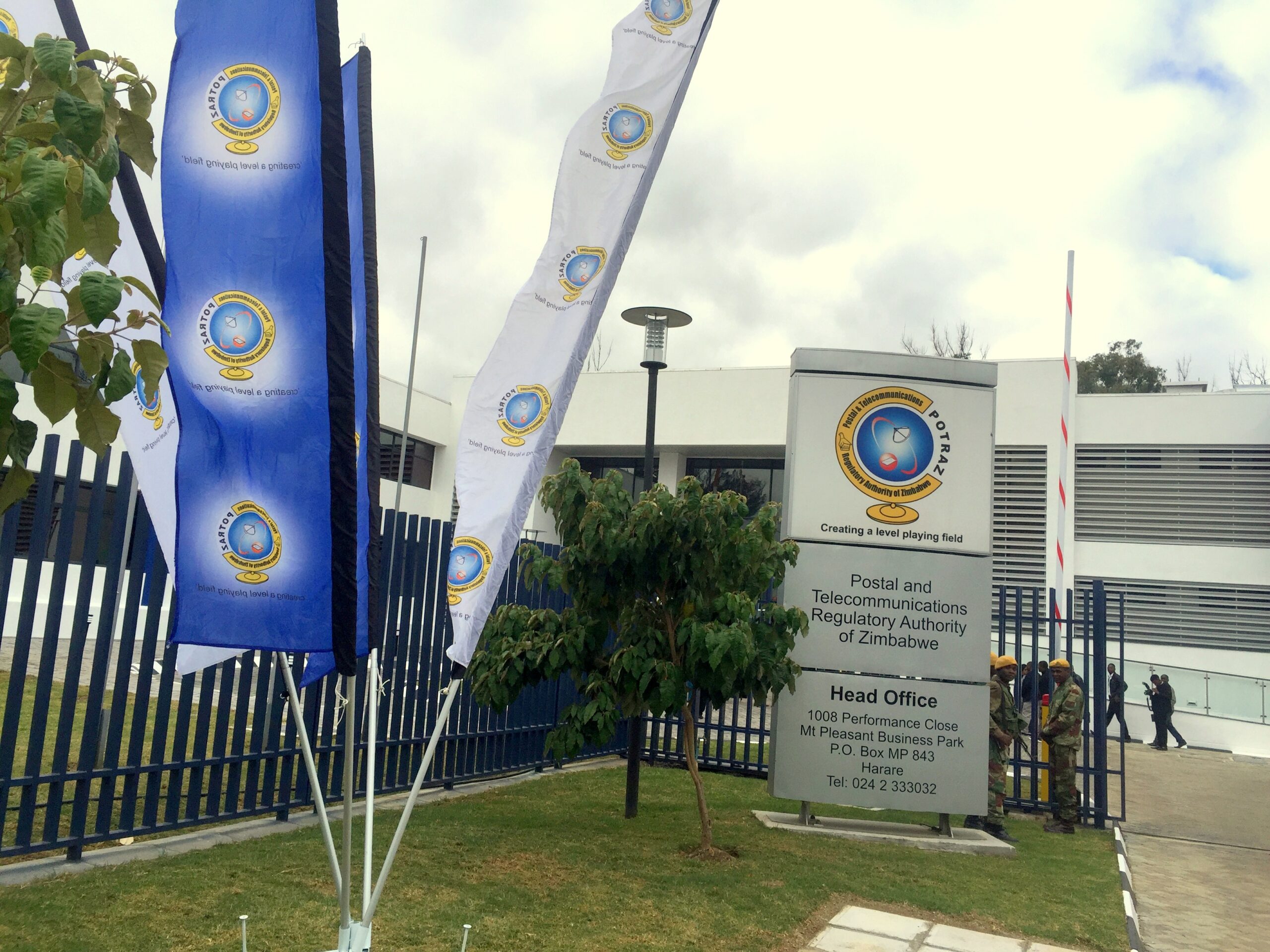Quarterly mobile network voice traffic dips 16,7pc
THE Postal and Telecommunications Regulatory Authority of Zimbabwe (Potraz) says mobile voice traffic declined by 16,7 percent to 2,5 billion minutes in the first quarter of this year compared to the previous quarter.
The telecoms regulator attributed the decline to the negative impact of the 50 percent tariff increase and substitution of traditional voice calls by voice over Internet Protocol (VoIP).
VoIP is a technology that allows one to make voice calls using a broadband internet connection instead of a regular (or analog) phone line.
According to Potraz, the slump was also a result of increased load shedding, which led to lower call-success ratios.
Zimbabwe’s power supply situation has, however, been registering improvement in the second quarter of the year owing to increased output from the Kariba hydro power station and two new generators at the Hwange thermal plant.
NetOne was the top gainer in the voice traffic market share recording a 2,8 percent surge while Econet and Telecel lost voice market share by 2,6 percent and 0, 2 percent, respectively.
Mobile internet and data traffic use increased by 12,3 percent to 37 690.4 terabytes in the quarter under review from 33 576.4 terabytes recorded in the fourth quarter of 2022.
Potraz said the total number of active internet subscriptions increased by 0,1 percent to 9 920 847 as of 31 March 2023, from 9 914 950 recorded as of December 31 2022.
Cumulatively, mobile network operators recorded a 34,8 percent growth in revenue to $161 billion from $119, 5 billion in the prior quarter while operating costs swelled by 25,7 percent to close the period at $103 billion.
“This indicates that mobile operator operating costs are fast closing in on revenue, which indicates diminishing operator profits,” said Potraz in the 2023 first quarter postal and telecommunications sector performance report.
Capital expenditure by mobile operators during the quarter closed at $14,2 billion from $12,8 billion in the last quarter of 2022, translating to an 11,4 percent improvement.
This included the construction of 86 new base stations across the country compared to 175 base stations deployed in the fourth quarter of 2022.
According to Potraz, LTE (Long Term Evolution) had the highest number of deployments, followed by 3G, a reflection that the investments by mobile network operators were skewed in broadband networks.
Potraz indicated that it was ready to tap into more opportunities coming from digital transformation.
“We envisage an emerging set of opportunities presented by the converged licensing framework as evidenced by an increase in applications for Mobile Virtual Network licenses, which will boost competition in the sector.
“With ever-expanding options for high-quality communication and Internet services from LTE, Fibre, and satellite amongst others, consumers will enjoy more enhanced service flexibility in purchasing and consuming services in the near future,” said Potraz.











